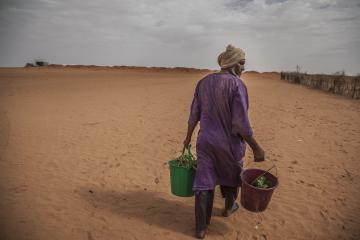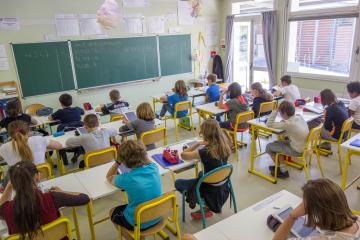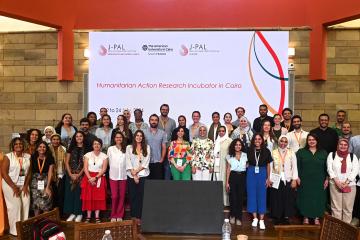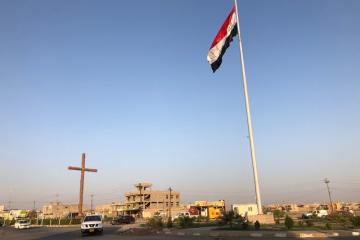Perspective-taking—a psychological approach that encourages people to envision spending a day in another person's shoes—can foster trust, inclusion, and cooperation in communities divided by crisis.
Policymakers and humanitarian organizations should consider implementing perspective-taking to build bridges in divided communities. When social divisions are prevalent—whether due to conflict, displacement, or inequality—perspective-taking programs can foster empathy, improve attitudes toward marginalized groups, and strengthen social bonds.
Harness the power of media for scalable impact. Short videos, interactive games, audio stories, and documentaries can be used to deliver content that promotes perspective-taking to broad audiences at a low cost, and can generate short-term impact.
Integrate perspective-taking into existing systems. Building these programs into existing infrastructure, like school curricula, is a promising approach to maximize reach and minimize costs. Low- and middle-income country governments should explore piloting and evaluating this approach in new settings.
Humanitarian crises can strain communities and deepen divides. Globally, more than 120 million people were forcibly displaced as of the end of 2024, largely because of conflict and violence. Communities fractured by conflict or those that have suddenly received an influx of displaced people may experience distrust between members of different groups that are suddenly forced to integrate, posing a threat to often fragile peace.
Perspective-taking can be a powerful tool for peace. Perspective-taking programs aim to reduce bias and prejudice and build empathy by encouraging people to imagine life in the shoes of someone outside their own group. These programs—grounded in social psychology literature—often use storytelling, role-playing, or interactive media to humanize people who have been stigmatized in the community and challenge stereotypes.
Across diverse settings and populations, these programs build more inclusive communities. Perspective-taking programs boost sympathy and empathy, reduce prejudicial attitudes towards marginalized groups, and forge social bonds. In Turkey, perspective-taking activities embedded into a school curriculum cut peer violence, built stronger connections between Turkish and Syrian refugee students, and sparked more socially positive behaviors like trust and altruism. In Uganda, a brief conversational program reduced prejudice toward South Sudanese refugees—for both participants and across their communities among people who did not participate themselves. In an active conflict setting in the Democratic Republic of Congo (DRC), emerging findings suggest that members of a non-state armed group who engaged in a perspective-taking program were three times more likely to leave the militia, driven by more empathetic feelings towards civilians.
Affordable, scalable multimedia programs have shown promising results. In Colombia, people who watched a 6.5-minute documentary or played an immersive online game centered on the journey of a Venezuelan migrant showed improved attitudes and behaviors toward migrants. Similarly, in Hungary, an online game featuring a character from a marginalized ethnic group reduced prejudice toward ethnic minorities and refugees.
Early findings are promising, but more research is needed. Open questions remain about long-term effects, the impact of two-way exchanges that incorporate majority and minority groups perspectives, and the psychological and social processes that drive change. New research will guide the development of more durable and inclusive programs.
Cost and design considerations
Embedding perspective-taking programs into existing systems and using low-cost materials can make them more scalable. In Turkey, teachers led a school-based program during hours already set aside for extracurricular activities—no extra staffing or classroom time was required. They used a modular book with animated videos and activities. With minimal costs for printing, distribution, and training, the entire program cost just US$5.40 per child.
Delivering perspective-taking content online can be a low-cost way to reach more people, but design and messaging are critical for impact. In Colombia, people that watched a video or played an interactive game about a migrant's journey had improved attitudes and generosity towards migrants. However, when considering time spent, the video was more effective because it was shorter and took less time. This kind of emotionally engaging media offers a simple, scalable way to shift attitudes. However, in the DRC, a perspective-taking radio show increased intolerance. This may have been because the show offered only light guidance, did not help listeners engage with people outside their usual circles, and failed to provide clear ways to act on the ideas it promoted.
A simple conversation can change more than one mind. In Uganda, short perspective-taking conversations didn’t just shift personal views—they sparked village-wide discussions. However, community members who did not participate in the program were influenced by whether the person they knew embraced or rejected the message, suggesting more research is needed to understand how social networks influence how messages are processed and shared.
Embedding perspective-taking programs into existing systems and using low-cost materials can make them more scalable.
The role of government
Governments can play an important role integrating evidence-informed perspective-taking programs into existing infrastructure. For example, after the Syrian Civil War began in 2011, Turkey received a massive influx of Syrian refugees, including over one million children by 2020. The Turkish Ministry of Education opened public schools to refugees in 2016. To address concerns that this policy could lead to increases in peer violence and social segregation, the Ministry of Education partnered with J-PAL affiliated researchers and pedagogical experts to develop and implement a classroom-based perspective-taking program that helped children build empathy, reduce conflict, and form stronger social ties. The Ministry approved the curriculum and made space in the school day for the lessons, allowing the program to reach students in forty schools. By working closely with J-PAL affiliated researchers, the government helped turn a simple idea into a powerful tool for building trust and inclusion in diverse classrooms.
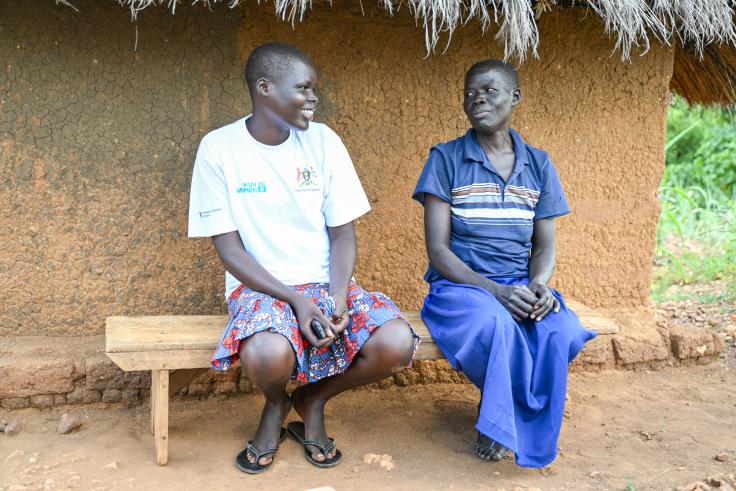
The role of foreign assistance and philanthropy
Foreign assistance has played a critical role in enabling evaluation in conflict and humanitarian settings that shed light on the most effective approaches. With support from the UK Foreign, Commonwealth and Development Office through J-PAL’s Crime and Violence Initiative, Innovations for Poverty Action's Peace and Recovery Initiative, and our joint Humanitarian Protection Initiative, researchers have tested innovative approaches to fostering empathy and reducing violence. This includes perspective-taking conversations in Uganda that reduced prejudice, a curriculum in Turkey that improved relationships and reduced violence among host and refugee students, and an ongoing program in the DRC aimed at reducing civilian harm by engaging members of a non-state armed group.
Bilateral assistance has been key in helping scale evidence-informed programs to new contexts. The Inter-American Development Bank used Turkey’s school curriculum to design a similar effort in Bogotá, Colombia. The program, adapted for local schools, now reaches about 8,000 migrant and host community children across 121 schools. Researchers are studying its impact on social bonds and emotional well-being.
Discover more from J-PAL
Governance, Crime, and Conflict Initiative Evidence Wrap-up
Discover more from other sources
Social cohesion in situations of fragility, conflict and violence
World Bank & German Institute of Development and Sustainability
Reducing prejudice towards forced migrants through perspective taking
VoxDev
Social Cohesion And Forced Displacement: A Synthesis of New Research
World Bank
Social Cohesion in Displacement
Humanitarian Policy Group
Photos:
(1) Credit: Bozkaya, Shutterstock.com
(2) Credit: UN Women/James Ochweri
